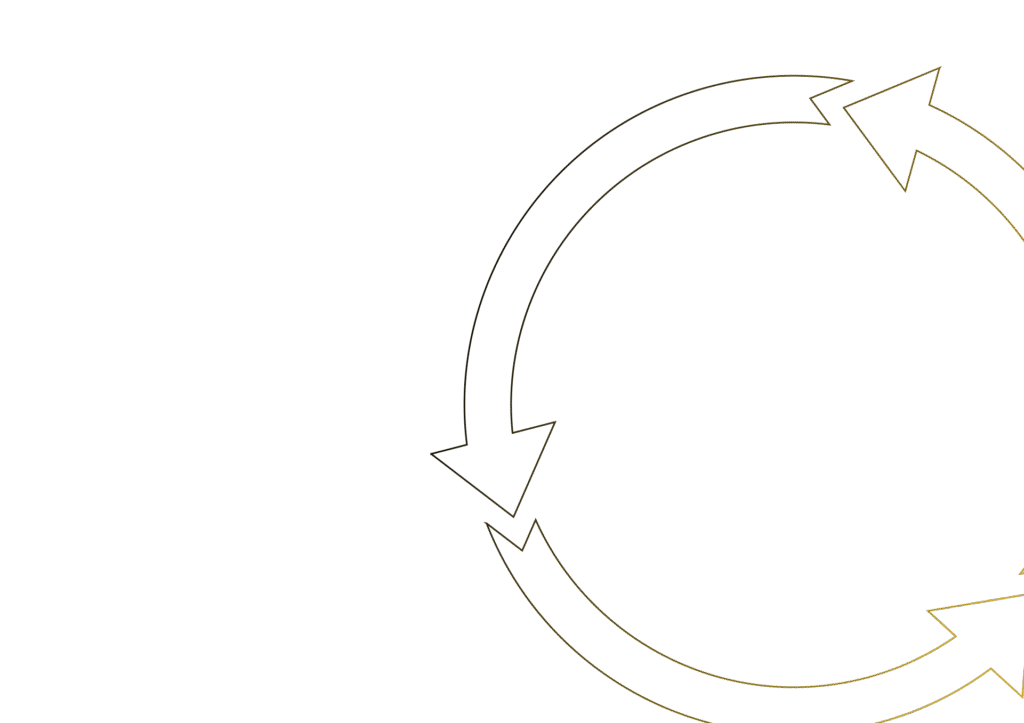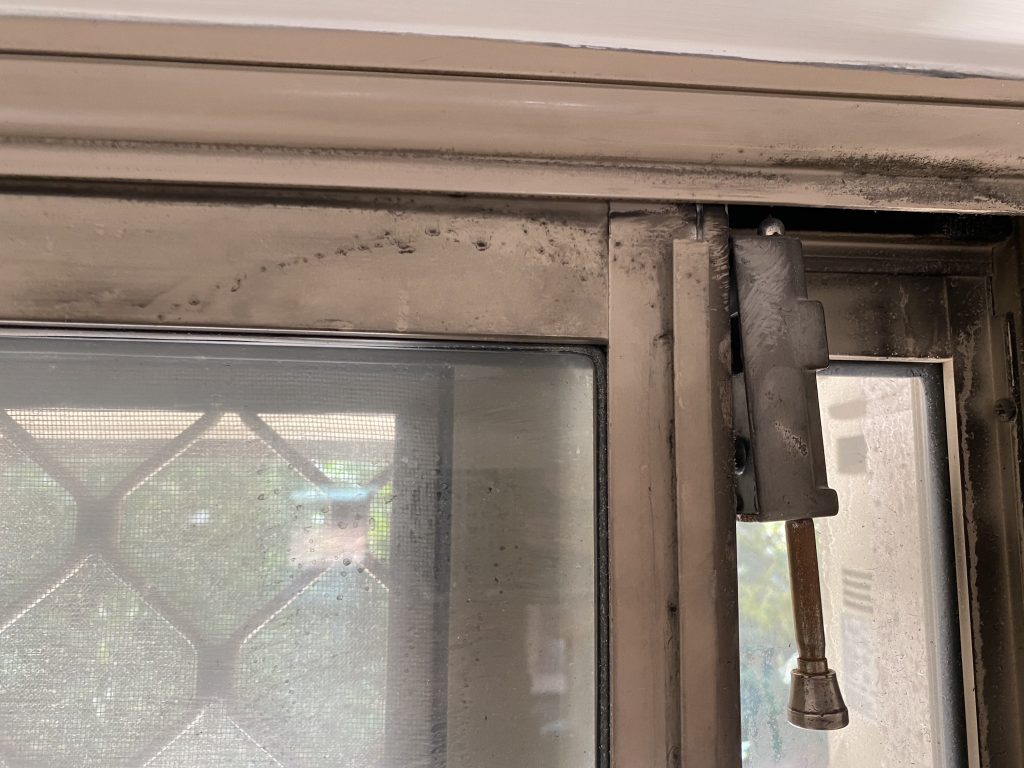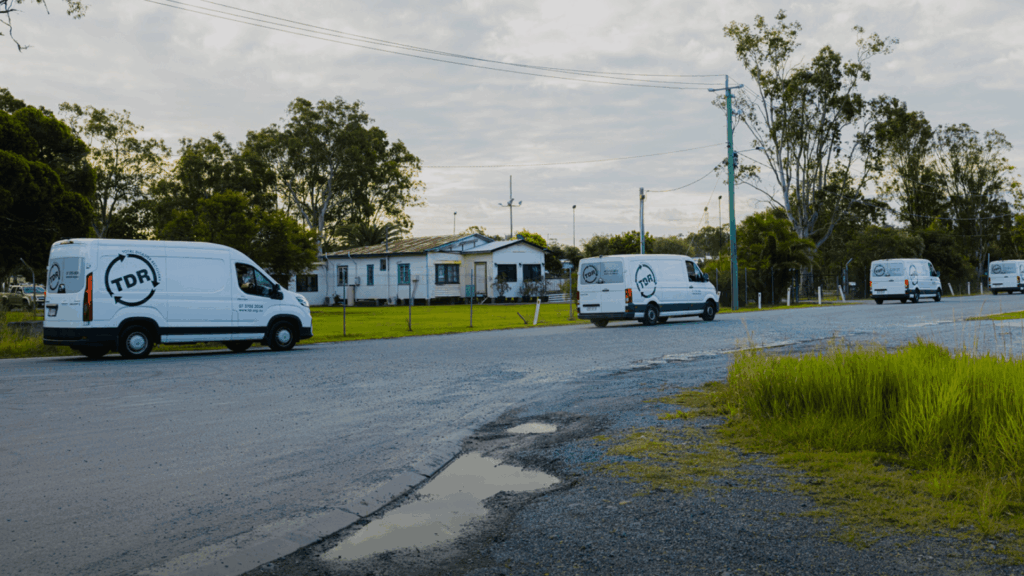For years, the Australian restoration industry has operated in a grey area, with no single, nationally recognised benchmark for water damage restoration. This ambiguity has often led to costly disputes and inconsistent outcomes. That landscape has now fundamentally changed with the landmark publication of the AS-IICRC S500 Australia Standard.
This new standard marks a pivotal moment for the industry, establishing a clear, evidence-based framework that benefits the entire insurance ecosystem. For claims managers, loss adjusters, and insurance builders, understanding the AS-IICRC S500 standard is not just a matter of compliance; it’s a strategic advantage that directly impacts claim costs, lifecycles, and risk.
The Problem the AS-IICRC S500 Solves
Before this standard, the approach to water damage restoration could vary dramatically from one contractor to another. This lack of a unified protocol created significant challenges for claims professionals, including:
- Subjective Scope Assessments: Arguments over the necessary scope of works were common, delaying claim progression and inflating costs.
- Inconsistent Methodologies: Without a shared framework, validating a contractor’s methods for drying, cleaning, and remediation was difficult, creating uncertainty in the claims validation process.
- Increased Risk of Secondary Damage: Incomplete or improper drying often led to secondary issues like mould growth, resulting in complex new claims and potential liability issues down the line.
The AS-IICRC S500 standard was developed in partnership with Standards Australia to directly address these pain points, creating a common language and a defensible process for all stakeholders.
Key Pillars of the S500 Standard for Insurance Professionals
While the standard is comprehensive, several core components are particularly relevant to managing IICRC standards for insurance claims.
- Standardised Procedures & Water Categorisation: The S500 defines a consistent process for assessment, mitigation, and restoration. A critical part of this is the correct identification of the water category: Category 1 (clean water), Category 2 (grey water), or Category 3 (black water). This classification is crucial as it dictates the required scope, risk profile, and remediation protocol, removing guesswork and providing a clear basis for the claim.
- Evidence-Based Drying and Verification: The standard moves the industry from subjective opinion to scientific proof. It formalises the principles of psychrometry (the science of drying) and mandates the use of specialised equipment to achieve and verify that a structure has reached its drying goals. For insurers, this means receiving objective, data-driven proof that a property has been returned to its pre-loss condition, which is essential for creating defensible water damage claims.
- Documentation and Validation: The S500 places a heavy emphasis on meticulous documentation and monitoring throughout the project lifecycle. This provides a clear, auditable trail of the work performed, the conditions encountered, and the results achieved, simplifying the process of insurance claim validation restoration.
Why This Matters for Claims Managers & Loss Adjusters
Adopting and working with partners who adhere to the AS-IICRC S500 standard delivers tangible benefits that directly impact key performance metrics for insurance professionals.
- Reduced Disputes and Faster Resolution: A common, evidence-based framework minimises arguments over scope and methodology, leading to faster claim settlements and reduced administrative burden.
- Defensible Decision-Making: Referencing an official Australian Standard provides a robust, third-party justification for approving claim costs and repair methodologies, protecting decisions from disputes.
- Mitigated Long-Term Risk: Ensuring a property is restored according to this professional standard significantly reduces the risk of future issues like mould or structural degradation, preventing costly long-term liability.
TDR’s Commitment to the Australian Standard
As an IICRC Certified Firm, TDR’s technicians are trained and operate in full alignment with the principles enshrined in the water damage restoration standards Australia now follows. Partnering with a compliant restorer like TDR removes uncertainty from the claims process. Our methodologies are not subjective; they are built on the same foundations of evidence-based restoration that underpin the S500 standard. By utilising independent third-party verification where necessary, we provide an additional layer of defensible quality assurance, giving our insurance partners complete confidence in the outcome.
The AS-IICRC S500 is not a new burden; it is a positive and necessary evolution that brings greater professionalism and clarity to the industry.
To ensure your next water damage claim is handled to the new Australian Standard, reducing risk and ensuring compliance, contact our expert team at TDR today.


